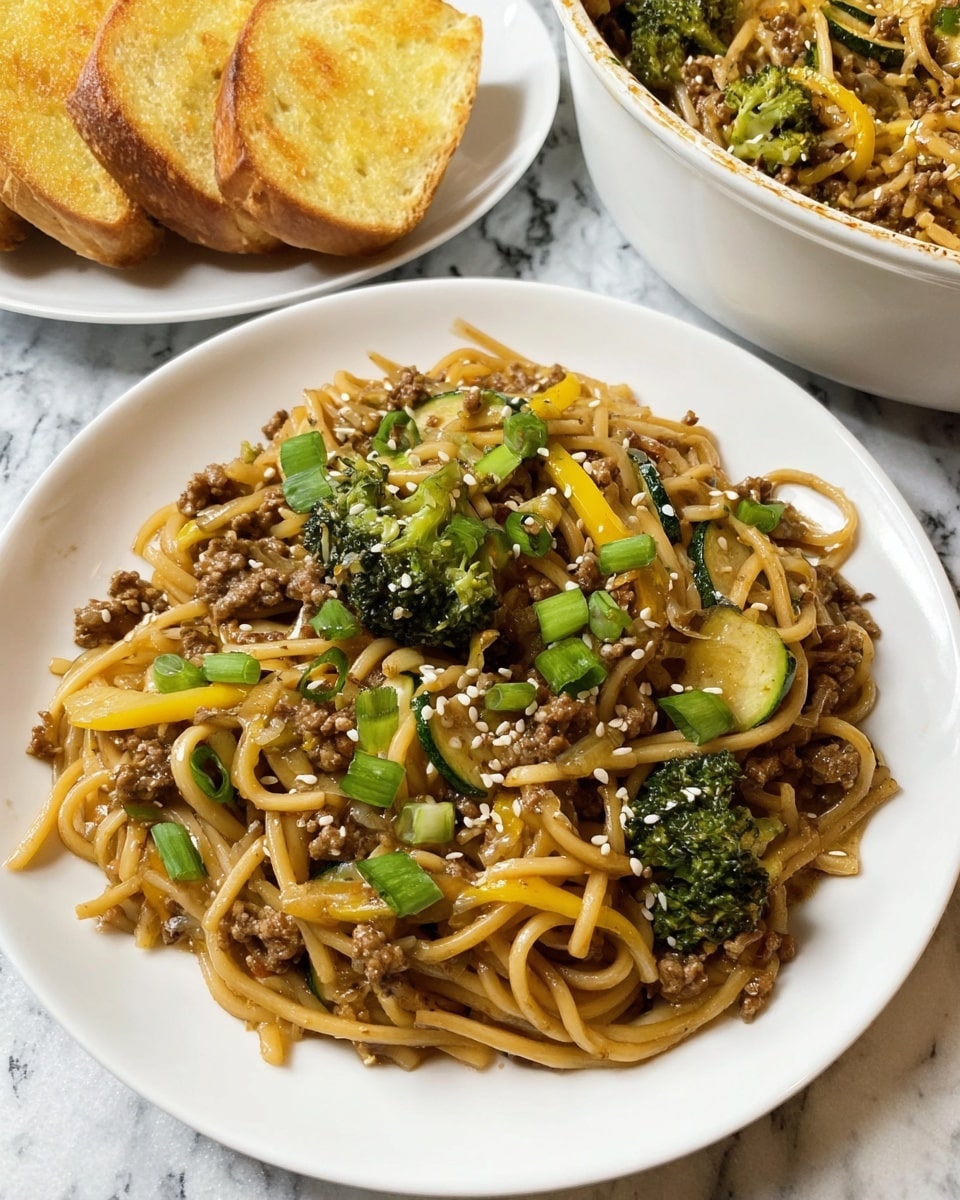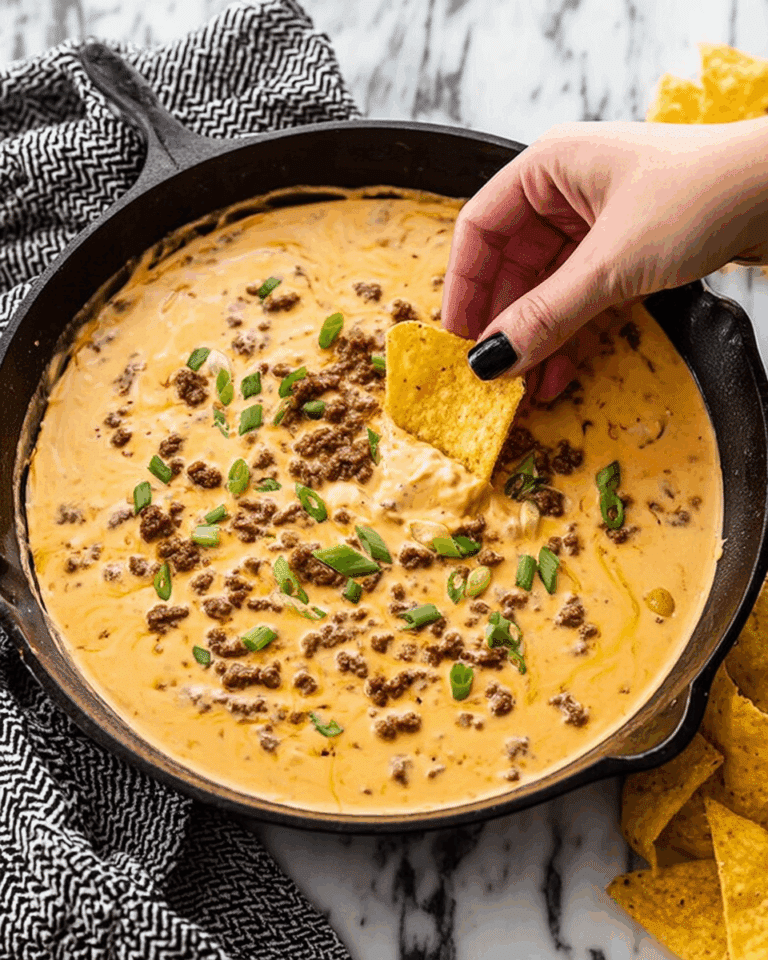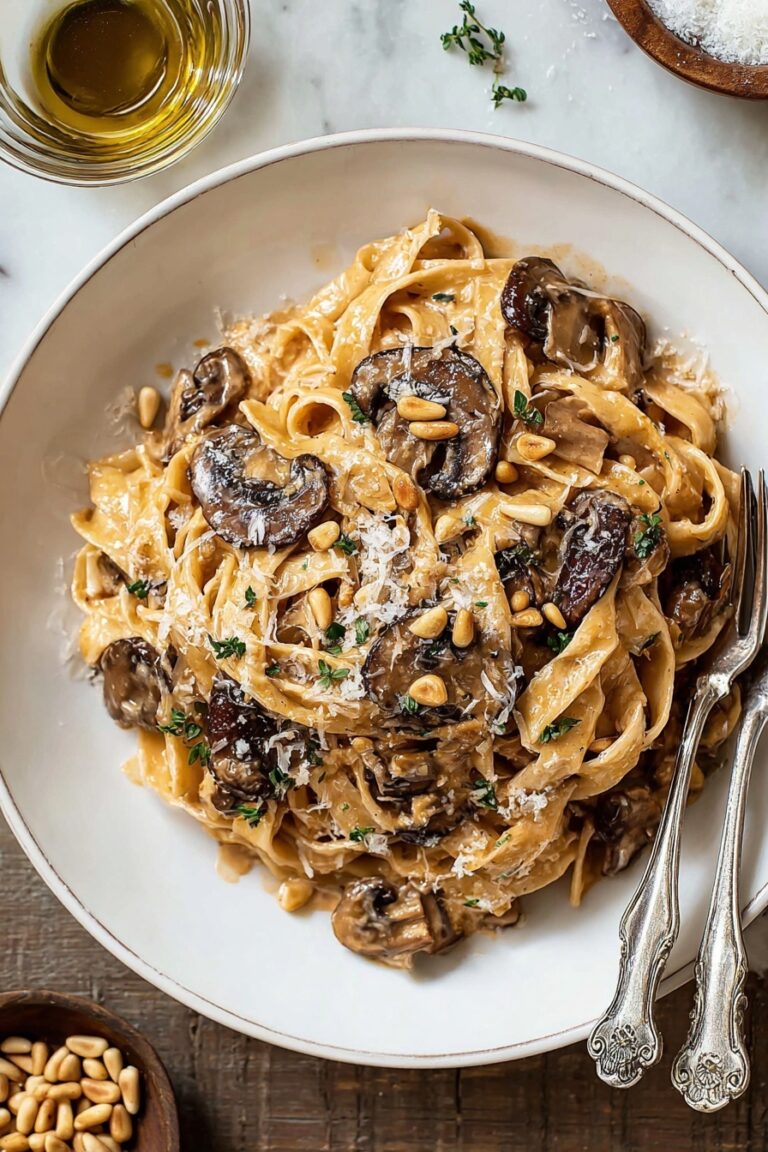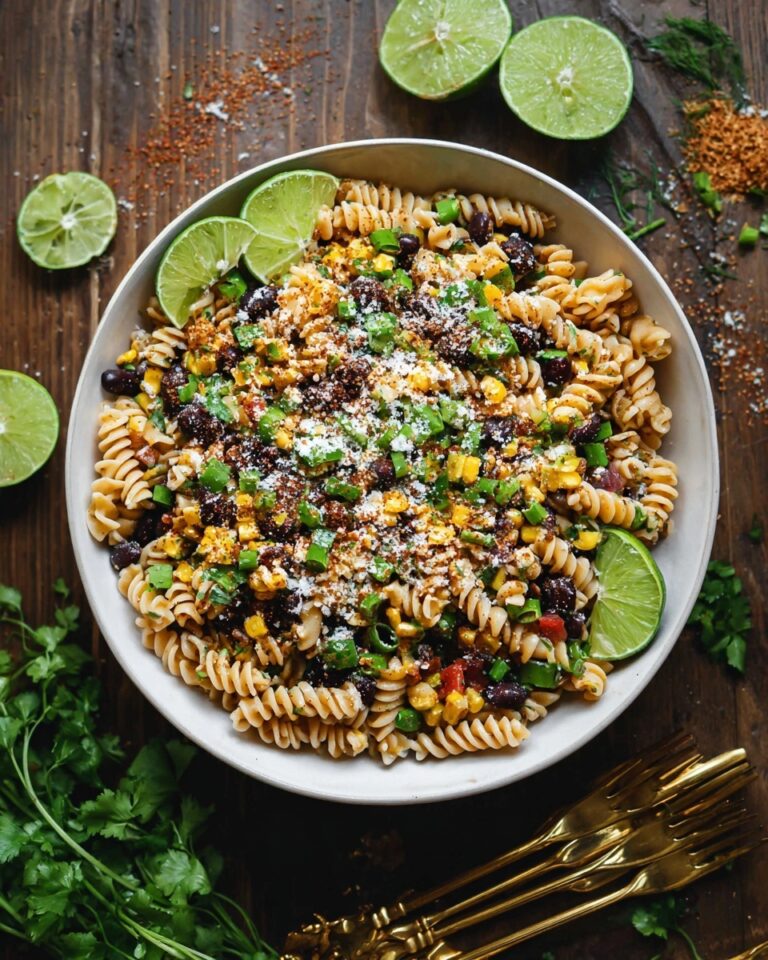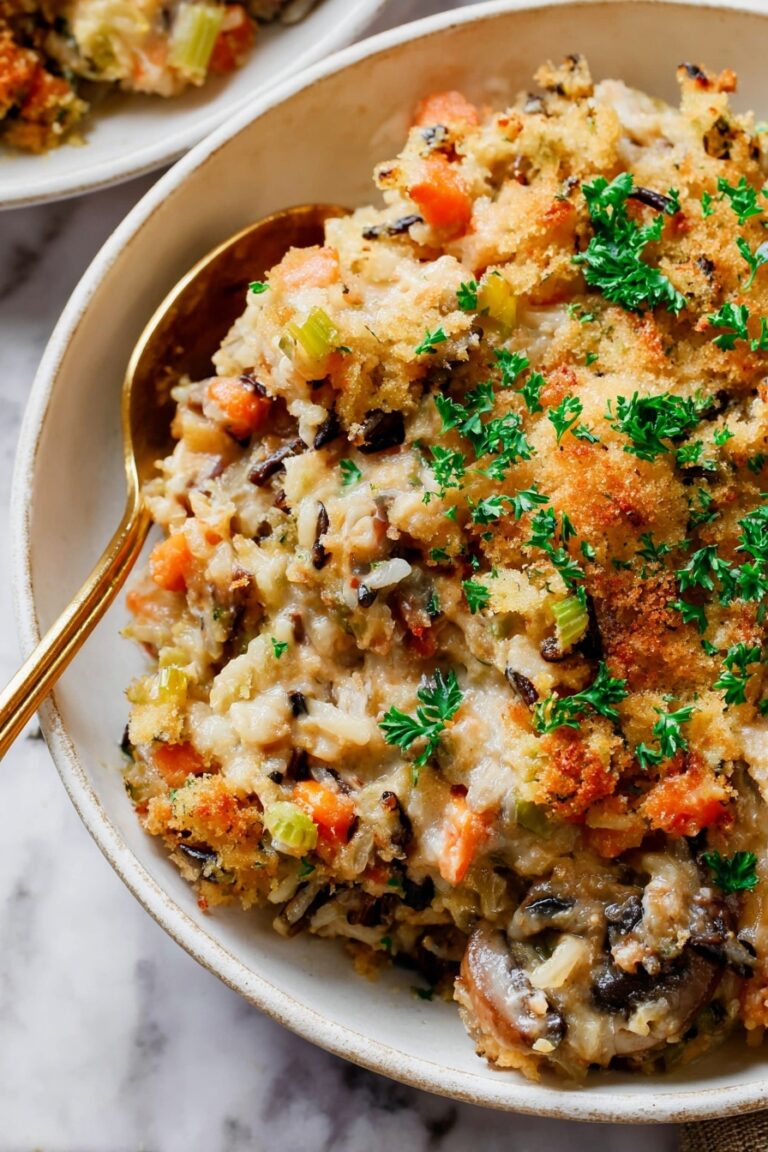Mongolian Ground Beef and Noodles with Vegetables Recipe
If you’re craving something savory, comforting, and packed with vibrant veggies, let me introduce you to my Mongolian Ground Beef and Noodles with Vegetables Recipe. This dish has become a staple in my kitchen because it balances hearty ground beef with fresh, crisp vegetables and a luscious, flavorful sauce that clings perfectly to every strand of noodle. It’s quick enough for a weeknight meal but special enough to impress anyone sitting at your table.
What I love most is how flexible it is—and how it effortlessly satisfies those dinner-time “what do I make?” moments. Whether you’re cooking for family, friends, or just yourself, this Mongolian Ground Beef and Noodles with Vegetables Recipe delivers big on taste without stress. And because it’s all made in one pan after the pasta cooks, cleanup is a breeze too!
Why This Recipe Works
- Balanced Flavors: The savory soy and hoisin-based sauce melds perfectly with the sweetness from the brown sugar and a touch of spice, creating a deliciously harmonious bite each time.
- Texture Contrast: Crisp-tender vegetables paired with tender noodles and juicy ground beef give every mouthful an enjoyable variety of textures.
- One-Pan Wonder: After boiling the pasta, everything comes together in one skillet—making cooking and cleanup straightforward and casual.
- Customizable & Quick: This recipe adapts easily to whatever veggies you have on hand, and it’s ready in about 30 minutes—a total weekday hero.
Ingredients & Why They Work
This Mongolian Ground Beef and Noodles with Vegetables Recipe relies on familiar, fresh ingredients that accentuate each other while keeping prep simple. Each component brings something special to the table—from the meaty richness of the ground beef to the fresh crunch of zucchini and bell peppers.
- Red Onion: Adds a mild sweetness and depth when sautéed—go for small if you want a subtle onion flavor that doesn’t overpower.
- Zucchini: Its tender texture holds up well in stir-fry, giving you a nice watery crunch plus a boost of color.
- Broccoli Florets: I love these for their fresh crispness and nutritional perks—chop them small so they cook evenly and quickly.
- Bell Pepper: Sweetness and vivid color here are key; I usually use a mix of colors for visual appeal.
- Olive Oil: A good-quality olive oil adds a nice flavor base for sautéing veggies and browning beef.
- Ground Beef: Go for 80/20 lean-to-fat ratio to keep the beef juicy without excessive grease.
- Garlic Cloves: Garlic infuses the dish with aromatic warmth; I never skimp here!
- Spaghetti or Noodles: Regular spaghetti works great, but feel free to swap with linguini, fettuccine, or lo mein for variety.
- Soy Sauce: Essential for that umami punch; natural or low sodium versions both work depending on your salt preference.
- Brown Sugar: Balances salt and heat with a subtle caramel note; don’t skip for authentic flavor.
- Hoisin Sauce: Brings a sweet and tangy Asian flair; it’s a quick way to add incredible flavor depth.
- Ginger Paste: If you don’t have ginger paste, fresh grated ginger works equally well—adds a bright, zesty kick.
- Black Pepper: Lends mild heat and aroma, enhancing the sauce’s complexity.
- Red Chili Crisp or Red Pepper Flakes: Optional but highly recommended for a bit of spicy heat that wakes up your taste buds.
- Cornstarch: Key to thickening the sauce so it clings gorgeously to every noodle and veggie strand.
- Green Onions & Sesame Seeds: Classic garnishes that add freshness and a delightful nutty crunch at serving time.
Tweak to Your Taste
One of the best things about this Mongolian Ground Beef and Noodles with Vegetables Recipe is how adaptable it is to your flavor preferences and pantry odds and ends. I often switch up the veggies or add a touch more spice when I’m feeling bold, so don’t hesitate to make it your own!
- Vegetable Swap: I’ve swapped out broccoli for snap peas or green beans when I wanted extra crunch and sweetness—it’s always delicious.
- Spice Level: Sometimes I double the chili crisp or add fresh sliced jalapeños to really give it a kick.
- Protein Variation: Ground turkey or chicken works just as well if you prefer leaner meat.
- Noodle Choice: If you’re gluten-free, rice noodles or soba noodles are great alternatives—just adjust cooking times accordingly.
Step-by-Step: How I Make Mongolian Ground Beef and Noodles with Vegetables Recipe
Step 1: Sauté Your Veggies Until Tender-Crisp
Start by heating your olive oil in a large skillet over medium heat. Toss in the sliced red onion, zucchini half moons, chopped broccoli florets, and bell pepper strips. Season lightly with salt and black pepper and sauté for about 5 minutes until they’re tender but still have a bit of crunch. This fresher texture keeps the dish lively and adds a nice contrast to the noodles later. Once done, transfer them to a bowl and set aside so they don’t overcook.
Step 2: Cook the Pasta to Perfection
Boil your spaghetti or chosen noodles in salted water according to package directions until al dente. Be sure not to overcook since they’ll simmer again later with the sauce. Before draining, scoop out half a cup to a cup of the starchy pasta water and set it aside—that liquid becomes a secret weapon for loosening sauce later, adding silkiness without thinning flavor.
Step 3: Mix the Magical Mongolian Sauce
While your pasta cooks, whisk together soy sauce, brown sugar, hoisin sauce, ginger paste, black pepper, red chili crisp (if using), and cornstarch in a small bowl. This blend is where the signature Mongolian flavor shines—it’s salty, sweet, tangy, and just spicy enough to keep you coming back for more.
Step 4: Brown Ground Beef and Garlic
Return to your large skillet and add the ground beef along with minced garlic. Cook on medium-high heat until the beef is fully browned and fragrant—about 6-8 minutes. Drain off any excess grease to keep the dish from feeling too oily, but save a tiny bit to keep everything luscious.
Step 5: Combine Everything and Finish Cooking
Lower the heat to medium-low, then add the cooked veggies back into the skillet with the beef. Pour in your cooked pasta and the sauce mixture, followed by about half the reserved pasta water to help the sauce come together. Toss everything gently but thoroughly to coat the noodles and vegetables evenly. Let it simmer for a couple of minutes until the sauce thickens beautifully and clings to every bite.
Step 6: Garnish and Serve Warm
Finish off by sprinkling sliced green onions and toasted sesame seeds on top for bursts of freshness and nutty crunch. Serve immediately—you’ll love how this dish tastes even better than takeout, and with way more veggies!
Pro Tips for Making Mongolian Ground Beef and Noodles with Vegetables Recipe
- Reserve Enough Pasta Water: Don’t skip saving that starchy water—it’s the key to a silky sauce that’s not too thick or too watery.
- Brown the Beef Properly: Give your ground beef time to brown without stirring too much at the start so it gets those tasty caramelized bits.
- Don’t Overcook Your Veggies: Keep them firm to retain freshness—they’ll continue cooking slightly once added back to the pan.
- Adjust Sweetness and Heat: Taste the sauce before combining and tweak sugar or chili to suit your preference—everyone’s palate is different!
How to Serve Mongolian Ground Beef and Noodles with Vegetables Recipe
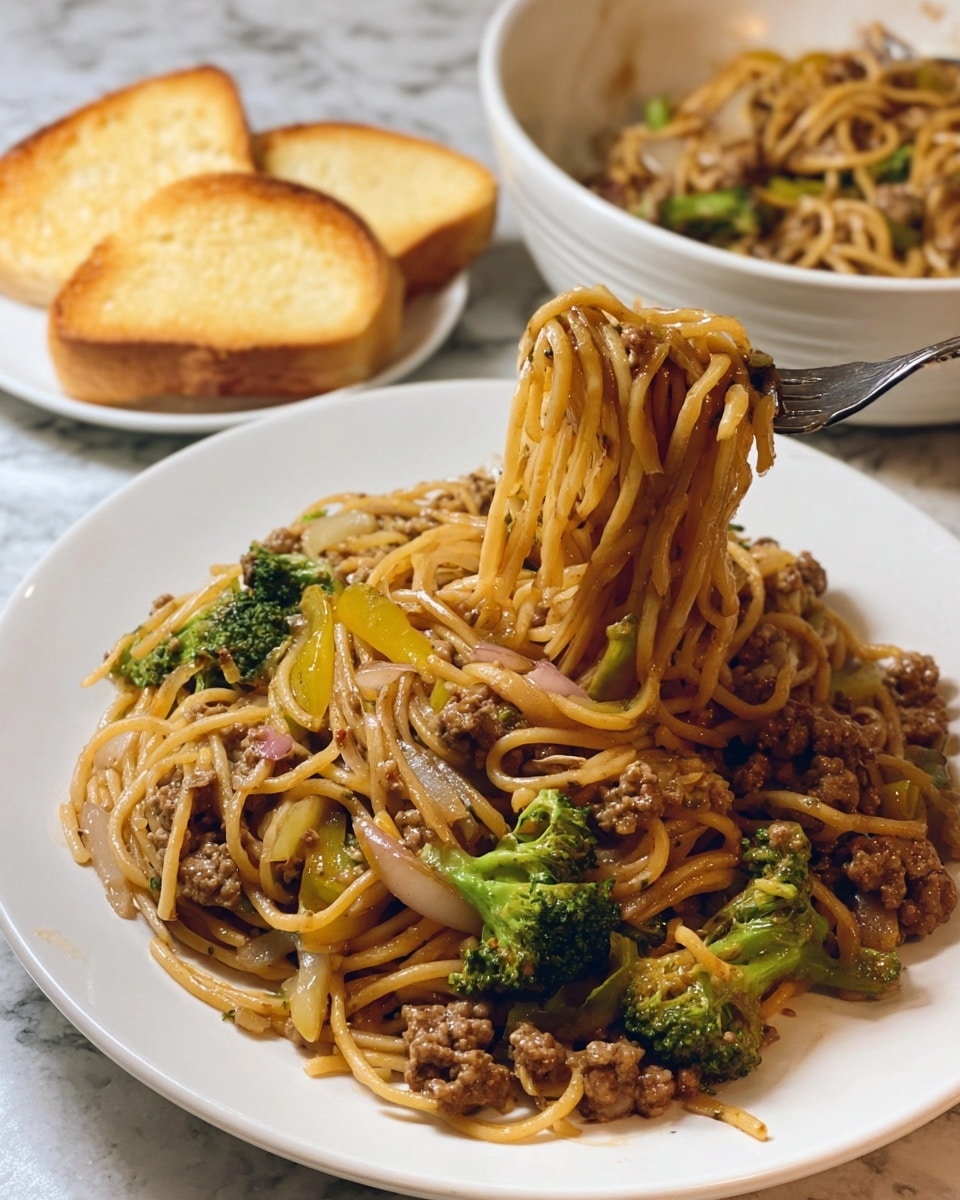
Garnishes
I always reach for sliced green onions and a shower of sesame seeds—they add that fresh pop and a subtle roasted nuttiness that rounds out the dish perfectly. Sometimes, I toss on a handful of chopped cilantro if I want a herbaceous twist, but the classic garnishes do the trick every time.
Side Dishes
Because this dish has everything in one pan, I usually keep sides super simple—steamed dumplings or a crisp Asian cucumber salad brighten things up nicely. If you want a lighter widget, a miso soup pairs beautifully to start the meal without overpowering the Mongolian flavors.
Creative Ways to Present
I’ve served this Mongolian Ground Beef and Noodles with Vegetables Recipe in hollowed-out bell peppers for a fun, colorful presentation at gatherings. Another fun idea is to plate it in shallow bowls topped with a fried egg for extra richness—perfect for brunch or lazy weekend dinners.
Make Ahead and Storage
Storing Leftovers
I store leftovers in an airtight container in the fridge, and they typically stay fresh up to 4 days. When packed tightly, the noodles absorb sauce flavors overnight, making the dish taste even more developed the next day.
Freezing
Freezing is possible, but be warned that the texture of the noodles and veggies softens after thawing. I freeze in small portions in freezer-safe containers for up to 2 months, making weeknight dinners a breeze when time is tight.
Reheating
When reheating, I add a splash of water or soy sauce to the pan or microwave container to loosen the noodles and revive the sauce’s shine. Reheating on the stovetop usually gives the best texture—just toss gently until warmed through.
FAQs
-
Can I use other types of noodles in this Mongolian Ground Beef and Noodles with Vegetables Recipe?
Absolutely! While I often use spaghetti or linguini, you can swap in lo mein noodles, fettuccine, or even rice noodles if you want a gluten-free option. Just adjust the cooking time so the noodles are al dente before combining with the sauce to avoid mushiness.
-
How spicy is this Mongolian Ground Beef and Noodles with Vegetables Recipe?
The recipe includes red chili crisp or red pepper flakes optionally, so you can control the heat level. If you prefer a milder dish, leave out these ingredients or use less. For spice lovers, feel free to add more or even fresh chilis to amp it up!
-
Can I make this recipe vegetarian or vegan?
You can! Swap the ground beef for firm tofu, tempeh, or plant-based crumbles. Use a vegetarian hoisin sauce (some contain fish ingredients) and opt for tamari or soy sauce without additives to keep it vegan-friendly. The sauce and veggies still shine with these substitutions.
-
How do I prevent the noodles from sticking together?
Cooking pasta al dente and tossing it immediately with a bit of oil or a splash of sauce can help. Also, reserving some pasta water to add back while mixing the dish loosens the noodles and keeps them separated. Avoid overcooking, which makes noodles gummy and more prone to clumping.
Final Thoughts
This Mongolian Ground Beef and Noodles with Vegetables Recipe feels like a cozy, flavorful hug after a long day. It’s become one of my favorite quick dinners, and I bet you’ll enjoy how effortlessly it pulls together a satisfying, homemade meal that beats takeout every time. Give it a try and tweak it until it’s perfectly yours—I’m certain it’ll become a regular in your recipe rotation!
Print
Mongolian Ground Beef and Noodles with Vegetables Recipe
- Prep Time: 10 minutes
- Cook Time: 20 minutes
- Total Time: 30 minutes
- Yield: 6 servings
- Category: Main Course
- Method: Stovetop
- Cuisine: Asian
Description
A flavorful Mongolian Ground Beef and Noodles stir fry featuring tender vegetables, savory sauce, and perfectly cooked spaghetti, ideal for a quick and satisfying weeknight dinner.
Ingredients
For the Stir Fry
- 1 small red onion, sliced
- 1 medium zucchini, sliced into half moons
- 1 cup broccoli florets, chopped
- 1 bell pepper, any color, sliced into strips or bite-sized chunks
- 2 tbsp olive oil
- 1 lb ground beef
- 6-7 garlic cloves, minced
- 8 oz spaghetti or any long pasta like linguini, fettucine or lo mein noodles
- 1/2 to 1 cup reserved pasta water
- 2 green onions, sliced for garnish (optional)
- Sesame seeds for garnish (optional)
For the Sauce
- 1/2 cup soy sauce
- 1/4 cup brown sugar
- 3 tbsp hoisin sauce
- 1 tbsp ginger paste
- 1 tsp black pepper
- 1 tsp red chili crisp in oil or red pepper flakes (optional for heat)
- 1 tbsp cornstarch
Instructions
- Prepare the vegetables: Heat olive oil in a large skillet over medium heat. Add the sliced red onion, zucchini, broccoli florets, and bell pepper. Season with salt and pepper to taste and sauté for 5 minutes until the vegetables are tender-crisp. Remove the vegetables from the skillet and set aside.
- Cook the pasta: Bring a pot of salted water to a boil and cook the spaghetti according to package instructions until al dente. Reserve 1/2 to 1 cup of the pasta cooking water, then drain the pasta and set aside.
- Make the sauce: In a small bowl, whisk together soy sauce, brown sugar, hoisin sauce, ginger paste, black pepper, red chili crisp or red pepper flakes if using, and cornstarch until smooth.
- Cook the beef: In the same skillet used for the vegetables, add the ground beef and minced garlic. Brown the beef over medium heat, breaking it apart with a spatula. Cook until no longer pink, then drain any excess grease.
- Combine and simmer: Return the sautéed vegetables to the skillet with the browned beef. Add the cooked pasta, sauce mixture, and reserved pasta water. Toss everything together to combine and cook over low heat until the sauce thickens and coats the noodles evenly.
- Garnish and serve: Remove from heat and garnish with sliced green onions and sesame seeds if desired. Serve hot for a delicious Mongolian-inspired meal.
Notes
- Storage: Store leftovers in an airtight container in the refrigerator for up to 4 days.
- Reheating: Reheat on the stovetop or in the microwave with a splash of water or soy sauce to loosen the noodles.
- Freezing: This dish can be frozen in a freezer-safe container for up to 2 months, though the texture of the vegetables and noodles may change slightly. Thaw overnight in the refrigerator before reheating.
- Vegetable substitutions: Feel free to swap in other vegetables like snap peas, carrots, or mushrooms based on preference and availability.
- Pasta alternatives: Lo mein noodles or linguine work well as substitutes for spaghetti.
Nutrition
- Serving Size: 1 serving
- Calories: 450 kcal
- Sugar: 12 g
- Sodium: 900 mg
- Fat: 18 g
- Saturated Fat: 6 g
- Unsaturated Fat: 10 g
- Trans Fat: 0 g
- Carbohydrates: 45 g
- Fiber: 4 g
- Protein: 28 g
- Cholesterol: 70 mg


